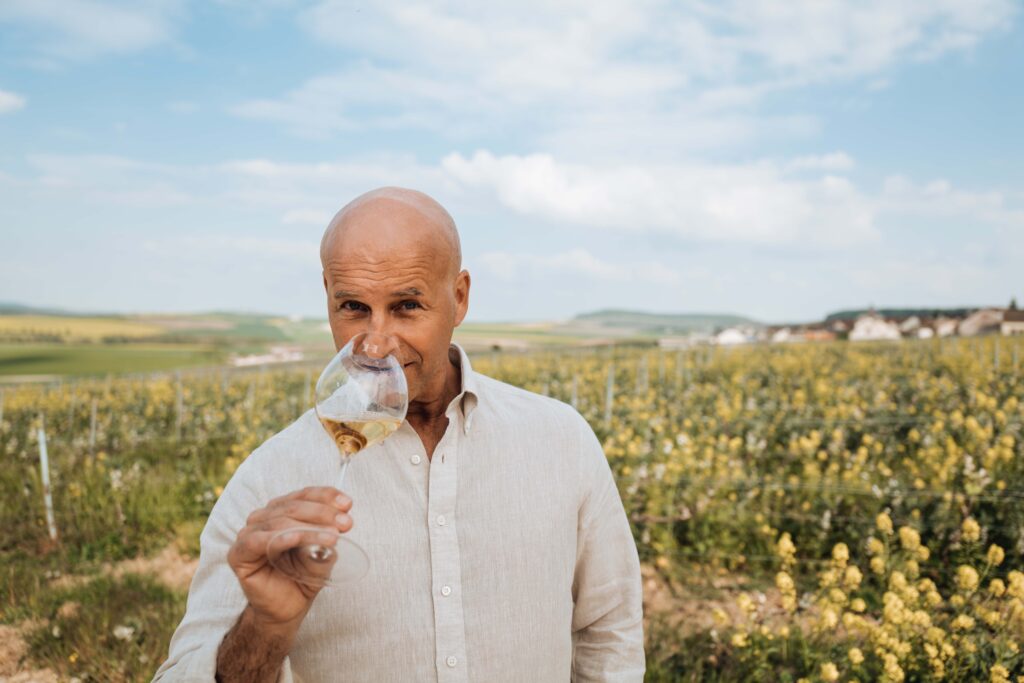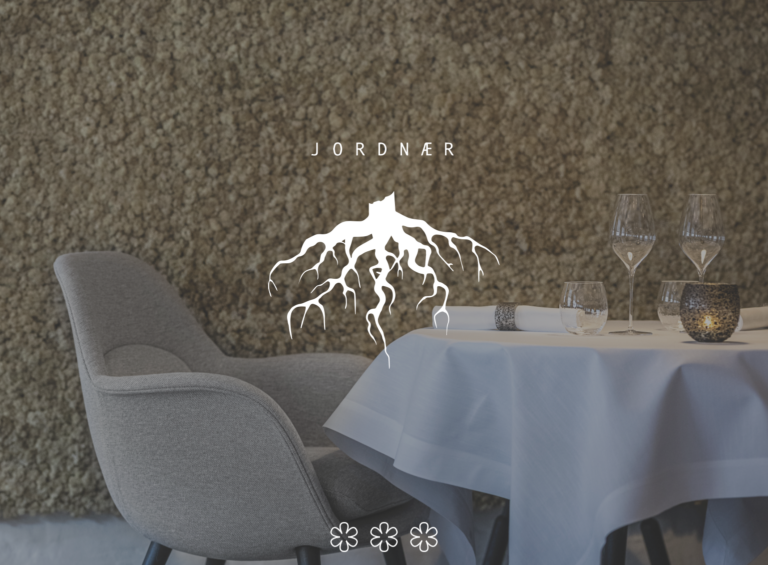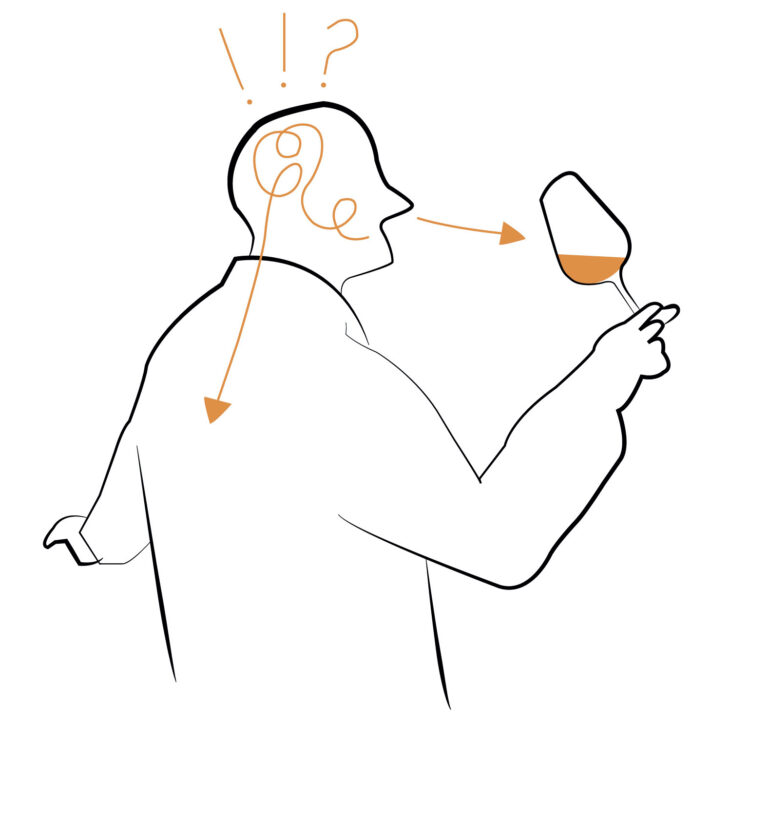For the twelfth year in a row, Richard Juhlin organized ‘The Richard Juhlin Champagne Tasting’ on Lidingö outside Stockholm. Previously, the selected tasting group from Champagne Club has, among other things, tasted the market’s leading blanc de blancs, rosé, prestige cuvées and comparisons between a number of vintages.
Estimated reading time: 11 minutes

This time the theme was much broader than that. Due to the success of my latest Swedish book ‘Champagne Magnum Opus’ with its 13,000 champagnes, there were of course many publishers queuing up to publish the English-language version of my giant epic. For the first time, it was we who chose partners and not the other way around. Our choice fell on perhaps the world’s most prestigious quality publisher Rizzoli based in Milan. As they are currently working on translations and updates while www.champagneclub.com and our ‘Tasting Library’ are growing at a rocket speed, my focus was on trying new varieties of all the latest that has left the champagne producers’ cellars.
As the number of champagnes sent to the tasting this time approached 1,000 different varieties, it was a logistical impossibility to try them all at the same time. Therefore, this time ‘The Richard Juhlin Champagne Tasting’ was in fact a number of tastings that were all performed blindly in the same place by me with some of my 11 trusted co-tasters each time.

Organic, ecologic and biodynamic
The most striking thing about the flood of champagnes I have been through is how grateful I feel for how informative the back labels have become after years of information poverty. The organically, ecologically and biodynamically made champagnes may not be in global dominance, but among those sent to me, they accounted for well over half. The vineyard wines have also exploded in number and the proportion of champagnes made in oak barrels is now innumerable. Furthermore, the dosage is lower than ever and the proportion of rosé de saignée is impressively high. The success of the growers through pioneers such as Selosse and Laurent Champs at Vilmart so deservedly has not escaped anyone and the new generation of winemakers have almost all taken the gallop and make quality-striving nature-respecting champagnes they can rightly be proud of. The champagne houses also follow in this style and change of attitude led by Jean-Baptiste Lecaillon who turned one of the proudest and most aristocratic champagne houses Louis Roederer into the growers of the houses!
Subscribe for 5.9€ a month for full access to the Tasting Library, exclusive articles, videos events and more





